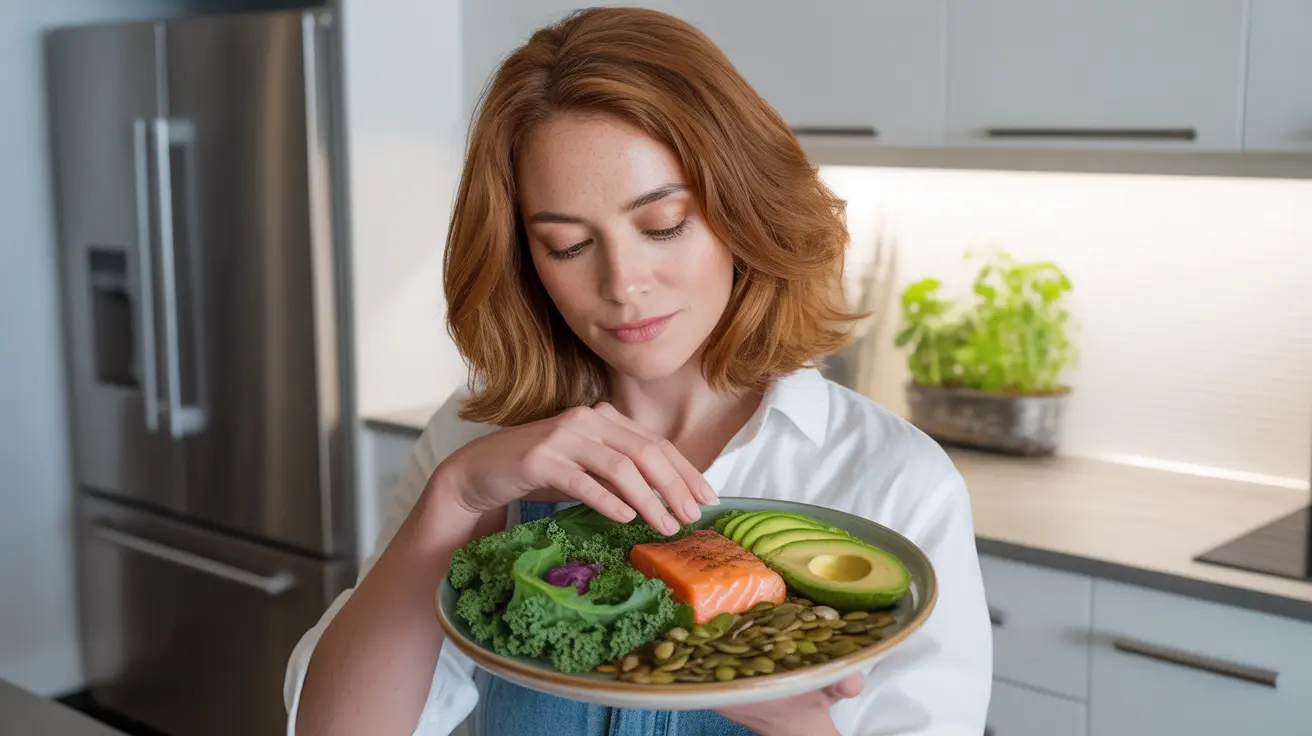When muscle aches and pains strike, relief can often be found right in your own home. Homemade heating pads offer a convenient and cost-effective way to soothe sore muscles and provide comfort. In this article, we'll explore how to create your own heating pad using common household items, discuss the benefits and potential risks, and provide tips for safe use.
Whether you're dealing with menstrual cramps, a stiff neck, or post-workout soreness, a homemade heating pad can be a valuable tool in your pain management arsenal. Let's dive into the world of DIY heat therapy and discover how you can create your own soothing solution.
How to Make a Homemade Heating Pad
Creating a homemade heating pad is simpler than you might think. Here are a few easy methods using items you likely already have at home:
Rice Sock Method
- Fill a clean sock with uncooked rice, about 1-2 cups depending on the size of the sock.
- Tie the end of the sock securely or sew it shut.
- Microwave the rice-filled sock for 30-60 seconds, checking every 15 seconds to avoid overheating.
- Carefully test the temperature before applying to your skin.
Wet Towel Technique
- Dampen a medium-sized towel with water, wringing out excess moisture.
- Place the damp towel in a resealable plastic bag, removing as much air as possible.
- Microwave the bagged towel for 1-2 minutes, checking at 30-second intervals.
- Wrap the warm bag in a dry towel before use to prevent burns and manage moisture.
Hot Water Bottle Alternative
- Fill a plastic water bottle with hot (not boiling) water.
- Securely tighten the cap to prevent leaks.
- Wrap the bottle in a thin towel before applying to your skin.
Benefits and Risks of Homemade Heating Pads
Homemade heating pads offer several advantages for those seeking pain relief:
- Cost-effective and readily available
- Customizable size and shape
- No electricity required (except for initial heating)
- Can be infused with aromatherapy elements (e.g., adding lavender to rice)
However, it's important to be aware of potential risks:
- Risk of burns if not properly prepared or monitored
- Potential for moisture-related skin irritation
- May not maintain consistent temperature as long as electric heating pads
- Possibility of leaks or spills with liquid-based methods
Safety Considerations for Special Populations
While homemade heating pads can be safe for many users, certain groups should exercise extra caution:
Pregnancy
Pregnant women should consult their healthcare provider before using any form of heat therapy, including homemade heating pads. Generally, it's advisable to avoid applying heat to the abdominal area during pregnancy.
Diabetes
Individuals with diabetes may have reduced sensation in certain areas of their body. This can increase the risk of burns from heating pads. If you have diabetes, it's crucial to check with your doctor before using heat therapy and to be extra vigilant about monitoring skin temperature and condition.
Preventing Burns with Homemade Heating Pads
To ensure safe use of your homemade heating pad, follow these precautions:
- Always test the temperature before applying to your skin.
- Use a barrier, such as a thin towel, between the heating pad and your skin.
- Limit application time to 15-20 minutes at a time.
- Never fall asleep while using a heating pad.
- Allow your skin to cool down between applications.
- Check your skin regularly for signs of irritation or burns.
Homemade vs. Electric Heating Pads
While both homemade and electric heating pads can provide pain relief, they have distinct differences:
- Temperature Control: Electric pads often offer adjustable settings, while homemade versions may cool more quickly.
- Durability: Electric pads are designed for repeated use, whereas homemade options may need to be replaced more frequently.
- Portability: Homemade pads don't require a power source, making them more portable.
- Cost: DIY options are generally more cost-effective upfront.
- Customization: Homemade pads can be easily tailored to specific needs or preferences.
Ultimately, the choice between homemade and electric heating pads depends on individual needs, preferences, and circumstances.
Frequently Asked Questions
1. How do I make a homemade heating pad using common household items?
You can make a homemade heating pad using items like rice and a sock, a damp towel in a plastic bag, or a water bottle filled with hot water. Each method involves heating the materials and applying them safely to the affected area.
2. What are the benefits and risks of using a homemade heating pad for muscle soreness?
Benefits include cost-effectiveness, customization, and convenience. Risks include potential burns, inconsistent temperature, and possible skin irritation. Always use caution and monitor your skin's reaction.
3. Are homemade heating pads safe to use during pregnancy or for people with diabetes?
Pregnant women should consult their healthcare provider before using heating pads, especially on the abdominal area. People with diabetes should be extra cautious due to potential reduced sensation and increased risk of burns. Always consult a doctor for personalized advice.
4. How can I prevent burns when using a homemade heating pad?
To prevent burns, always test the temperature before use, use a thin towel as a barrier, limit application time to 15-20 minutes, and never fall asleep while using the heating pad. Regularly check your skin for any signs of irritation or discoloration.
5. What are the differences between using a homemade heating pad and an electric heating pad for pain relief?
Homemade heating pads are more cost-effective and portable but may cool faster and lack precise temperature control. Electric heating pads offer adjustable settings and longer-lasting heat but require a power source and are generally more expensive. Choose based on your specific needs and circumstances.
By understanding how to safely create and use homemade heating pads, you can have a readily available tool for managing minor aches and pains. Remember to always prioritize safety and consult with a healthcare professional if you have any concerns or underlying health conditions.




